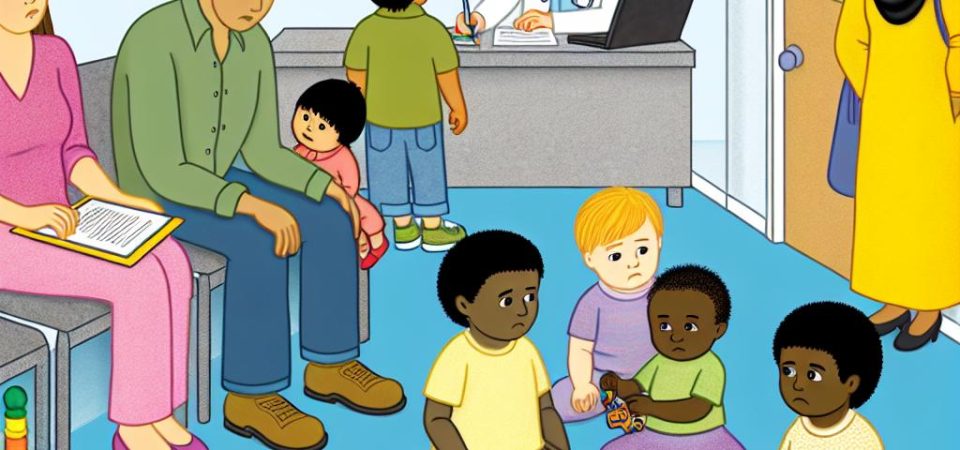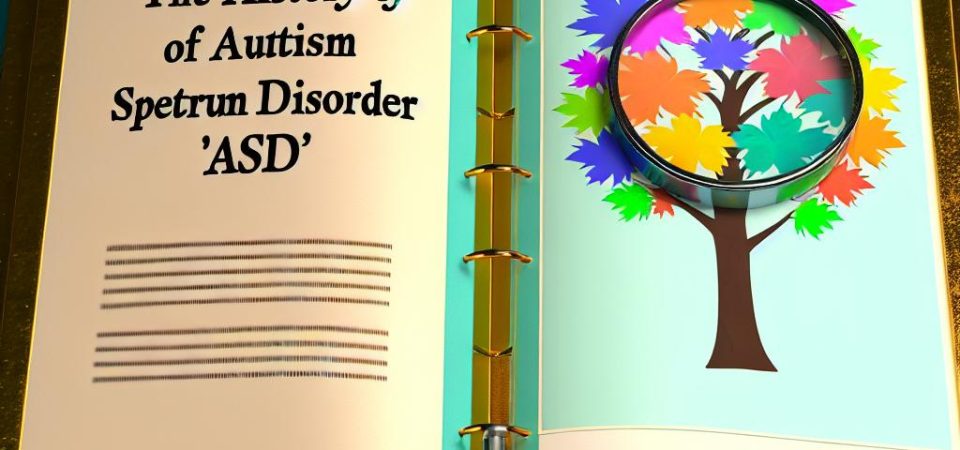Understanding Early Signs of Autism in Children
Autism Spectrum Disorder (ASD) is a developmental condition that affects communication and behavior. It is important to identify early signs of autism in children to facilitate early intervention and support. This article provides an overview of the early signs that might indicate the presence of autism in young children.
Social Interaction Challenges
One of the key indicators of autism in children is difficulty with social interactions. Children with ASD may show limited interest in interacting with peers and adults. They might not respond to their name, avoid eye contact, and appear unaware of social cues. Furthermore, children with autism often struggle to understand the concept of personal space and might stand too close or too far from others during interactions. These challenges can manifest in different ways, depending on the individual child’s personality and environment. Some children might be naturally introverted, which can sometimes make differentiation from ASD more challenging. However, if a child consistently shows less interest in sharing experiences or objects with others and demonstrates challenges in understanding other people’s emotions, these can be early signs of autism.
Communication Difficulties
Communication issues are often among the first observed symptoms of autism. They can be evident in both verbal and non-verbal forms of communication. Some children with autism may not speak at all, while others might have delayed speech development. A delay in language does not automatically indicate autism, but it is a significant factor when combined with other symptoms. Furthermore, children with autism might have difficulty starting or maintaining conversations. When they do speak, they may use an unusual tone or rhythm, sometimes described as robotic or sing-song.
Echolalia, which involves repeating words or phrases in a loop rather than using them in meaningful conversation, is another significant aspect. Children might echo language without the intention of communication but instead as a method of self-regulation or out of habit when feeling anxious.
Additionally, there is often a limited use of gestures. Such children might rarely use pointing or waving to communicate. The usual gestures we expect from toddlers, like pointing to show interest or waving goodbye, might be underused or absent, indicating a deeper communication challenge.
Repetitive Behaviors
Repetitive behaviors and a strong preference for routine can be indicative of autism. These behaviors are often comforting to children with ASD and can serve as a mechanism to cope with changes or overwhelming situations. Such behaviors might include repetitive motions, such as flapping hands, rocking, or spinning, which can be observed in young children who become engrossed in their movements.
Moreover, children with ASD might display an obsessive interest in certain topics, objects, or parts of objects. An example includes fascination with the wheels of a toy car rather than engaging in imaginative play typically expected of children that age. Additionally, they may become very upset with changes in their routine or environment, which can lead to distress or anxiety. This rigidity can influence family life, with routines needing to be carefully maintained to avoid meltdowns.
Sensory Sensitivities
Children with autism often have unique sensory experiences. These differences in sensory processing can be incredibly varied. They can show either heightened or reduced sensitivity to sensory inputs like sounds, lights, touch, tastes, or smells. For instance, they might be extremely sensitive to loud noises or bright lights, covering their ears or shielding their eyes in environments most individuals would consider normal. Conversely, they might appear not to notice other stimuli, such as being unresponsive to cold temperatures or pain as expected. This atypical sensory processing can lead to challenges in daily life and necessitate modifications or accommodations to make environments more tolerable.
Recognizing Patterns and Interests
A child with autism may have an intense interest in certain activities or objects, which goes beyond typical levels of interest for their age group. This might be seen in the way they fixate on specific topics like train schedules, weather patterns, or numbers. Such intense focus might lend them advanced skills in those particular areas, demonstrating what is sometimes referred to as “savant skills”. However, these are less common and shouldn’t overshadow the varied experiences of individuals with autism. On the flip side, while these advanced skills are present in some areas, children with ASD may have deficits in other areas, such as social skills or fine motor tasks.
Importance of Early Intervention
Early detection and intervention are crucial in supporting children with autism. Recognizing and acting upon early signs can significantly alter the developmental trajectory of a child. If you notice any signs of Autism Spectrum Disorder in a child, consider consulting a healthcare professional for further assessment. Timely diagnosis can open doors to early interventions such as speech therapy, occupational therapy, and specialized educational programs. These interventions can greatly enhance a child’s quality of life and offer better coping mechanisms for the challenges they face.
Professionals can offer therapies and strategies that are personalized to each child’s individual needs, emphasizing strengths while addressing areas of difficulty. For instance, some children benefit from social skills groups that teach interaction skills in a structured environment, using role play and direct instruction.
For more detailed information on autism, you can visit reliable sources such as the Autism Speaks or the Centers for Disease Control and Prevention.
Early identification of autism can pave the way for tailored educational strategies, behavioral interventions, and therapeutic approaches that foster development. This focus on early intervention underscores the importance of understanding and recognizing early signs of autism. They serve as a foundation for implementing strategies that can support developmental progression, ultimately resulting in improved outcomes throughout a child’s life. Being informed and proactive is the first step towards providing effective support, empowering both the child and their family as they navigate the challenges and celebrate the strengths associated with autism.


